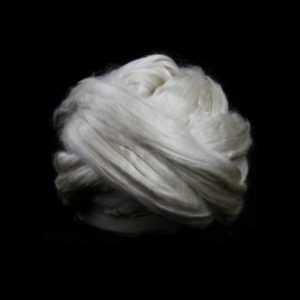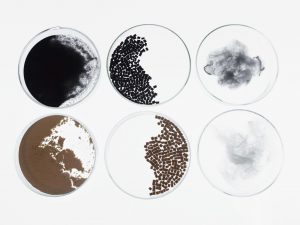Wellness textiles bound to me more than just the next trend, with technology on its way to revolutionise the clothing industry. According to the IOSR Journal of Polymer and Textile Engineering, 80% of textiles are to become more technical in the future.
Particularly, wellbeing-promoting textiles are under the spotlight, led by the growing desire in health-conscious consumers for new ways to take self-care up a step.
At present, wellness textiles are being created following two processes. Either by impregnating healthful compounds into the fibre through micro-encapsulation, adding the wellbeing ingredient before the extrusion into a thread, or by impregnating it into coatings that transfer to the skin through body movement and warmth. Potential benefits are several, ranging from anti-ageing to fitness-enhancing and comfort-cooling.

Among the most innovative, Smartfiber AG‘s SeaCell Lyocell, a smart fibre created from seaweed. The textile has antioxidant, skin-protecting properties deriving from the abundance of mineral salts, vitamins and iodine agents contained in seaweed.
Cooling comfort is essential for performance textiles and thermoregulating fabrics are also gaining ground. Unexpected materials such as jade are being woven into the fabric to lower and maintain cool temperatures and keep garments dry. These properties are particularly appealing for the Asian market, where high temperatures and humidity can create challenges.
Amongst other unusual natural components, activated coconut carbon and volcanic sand embedded in eco-polyester are being used to regulate the skin’s microclimate.

Metal and metallic components are also being engineered into fabric, responding to a variety of health-monitoring and well-being purposes. Already available on the market, fibres enhanced with positively charged silver ions offer protection from radiation alongside with antibacterial, anti-inflammatory and thermoregulating benefits.




